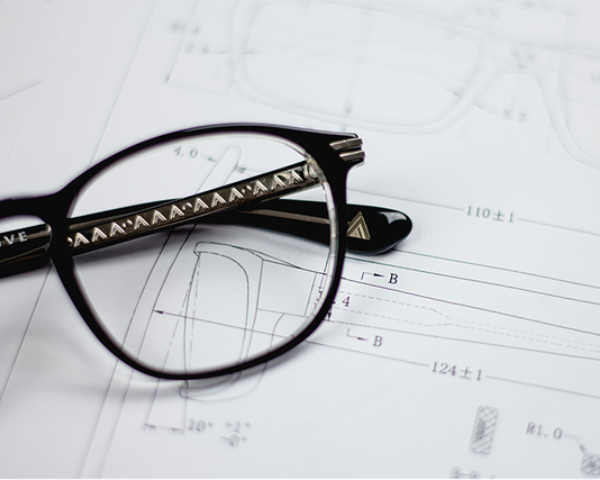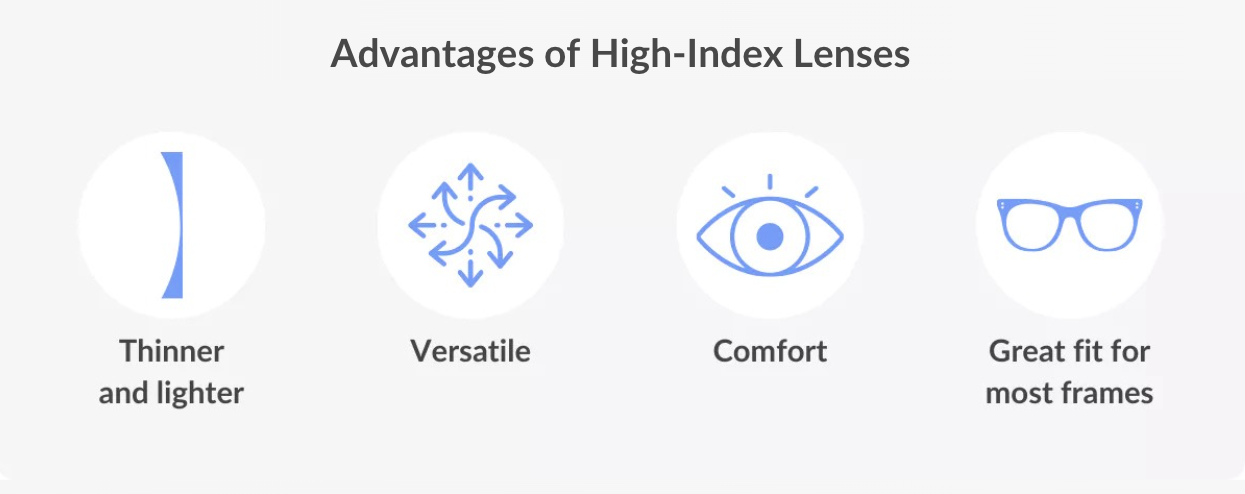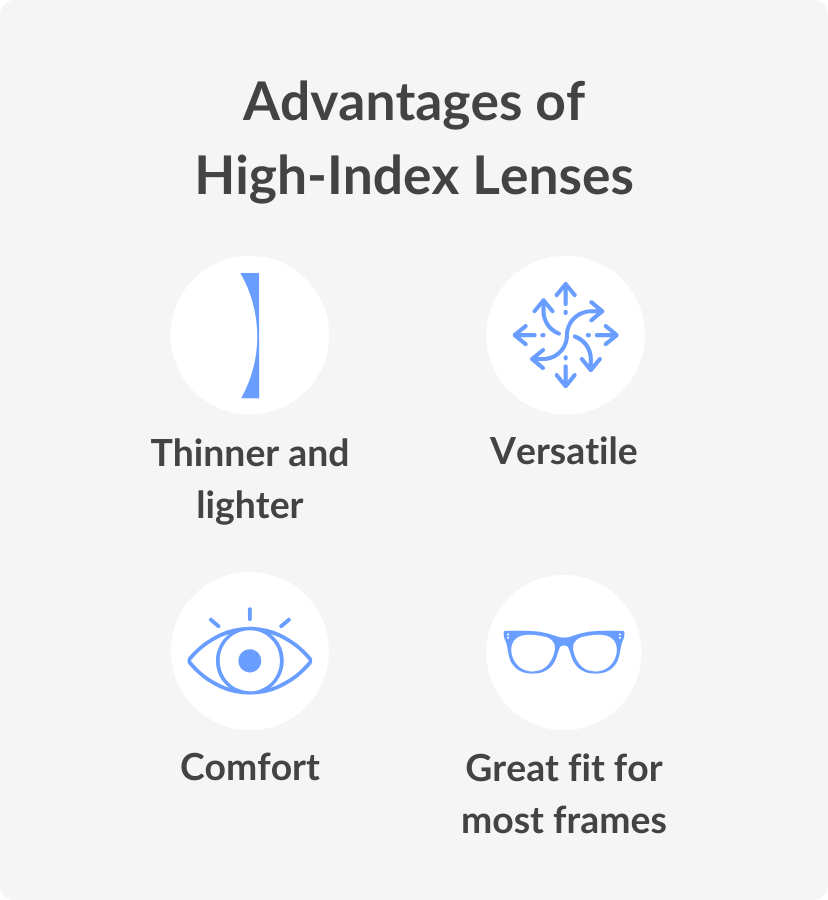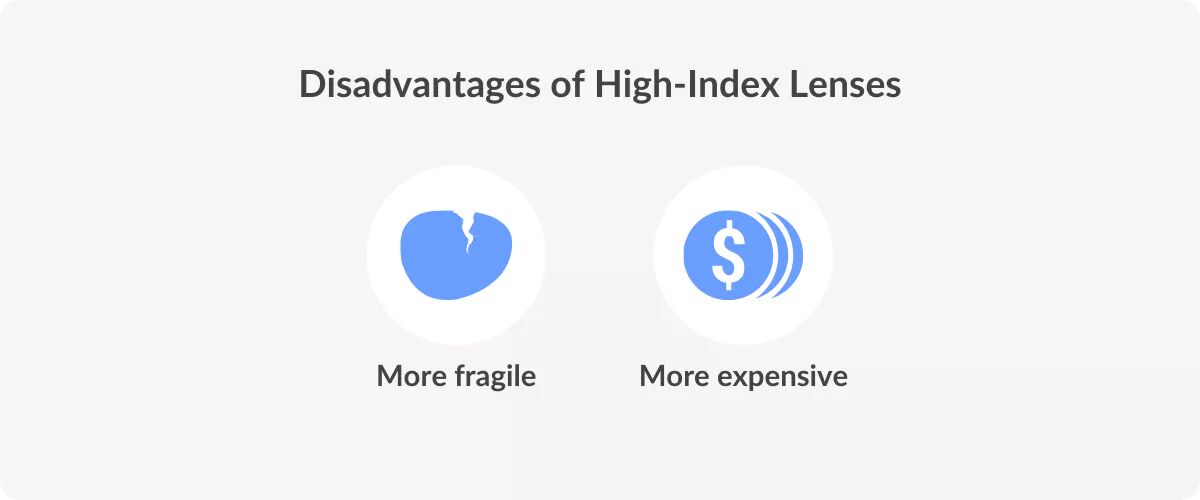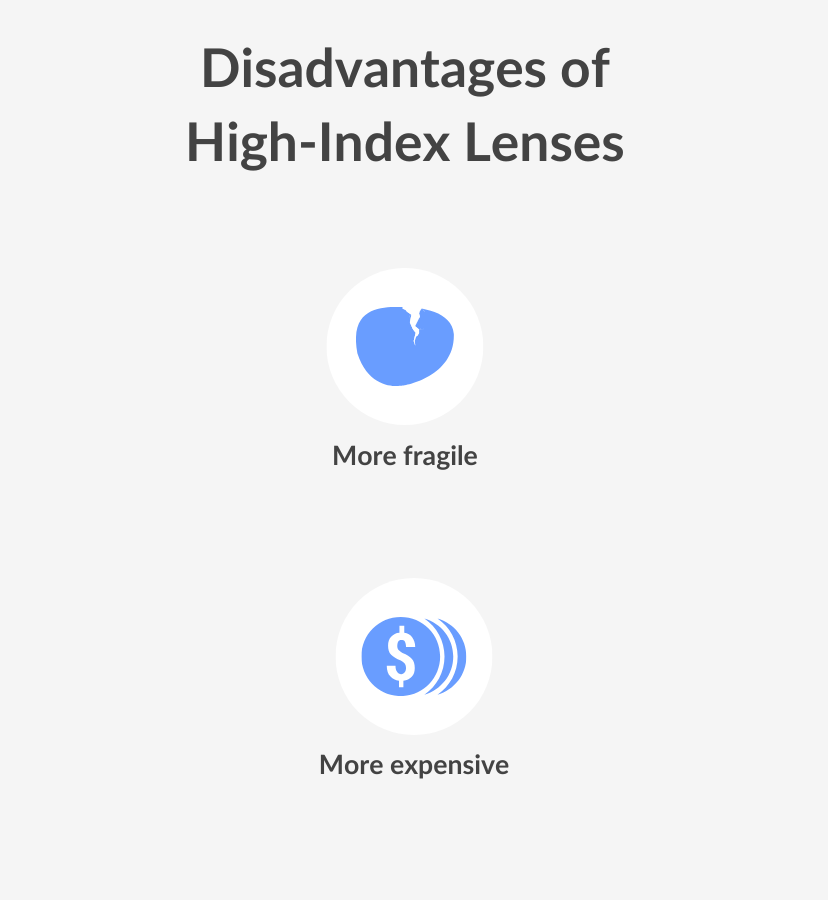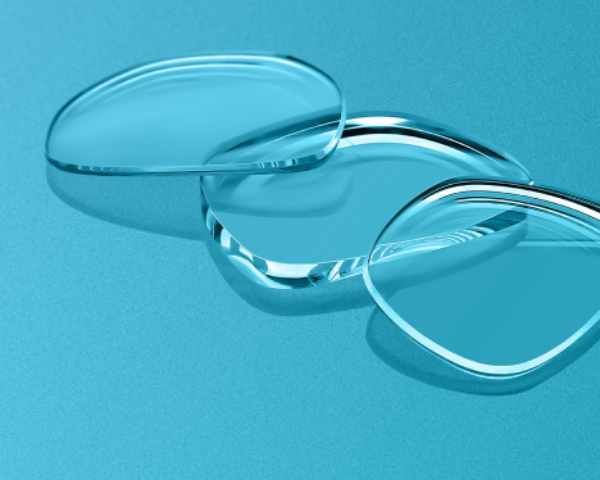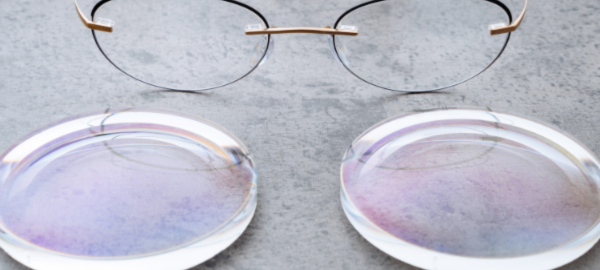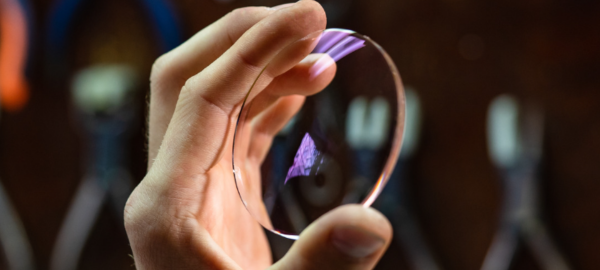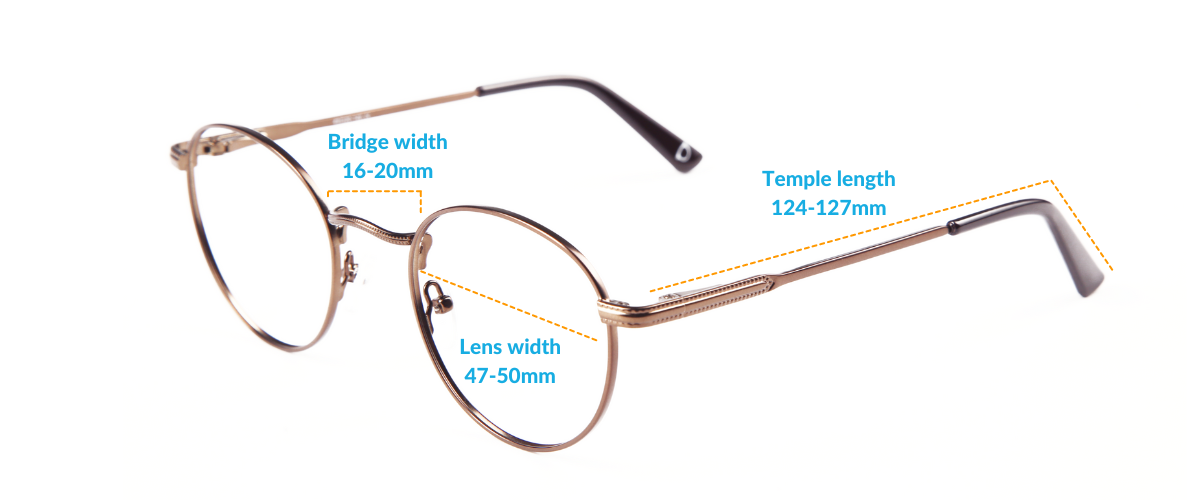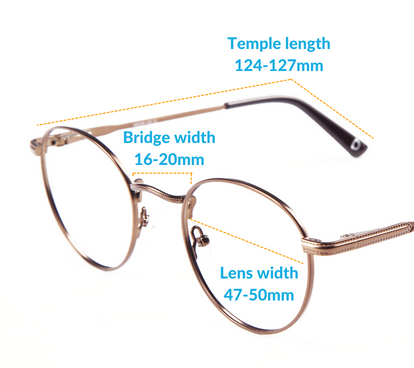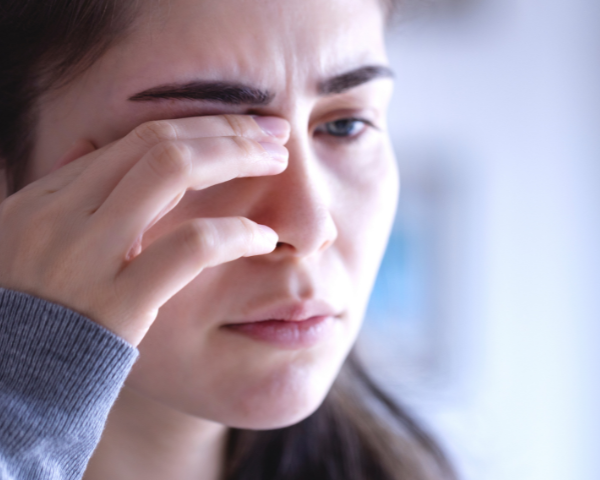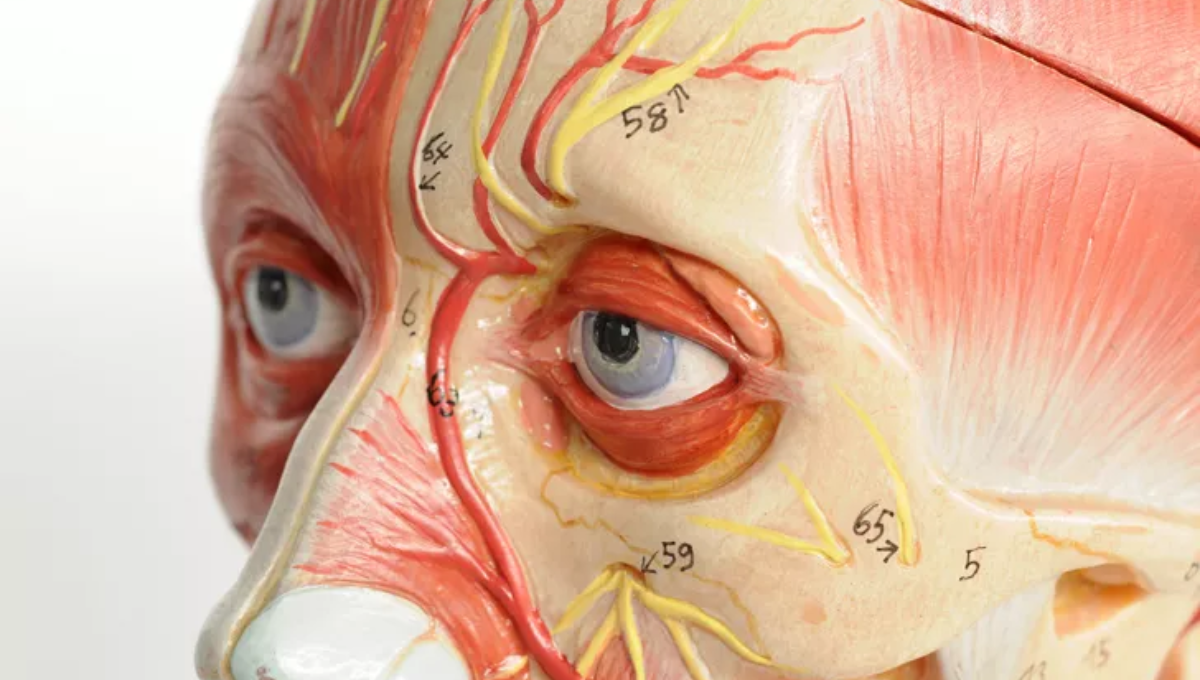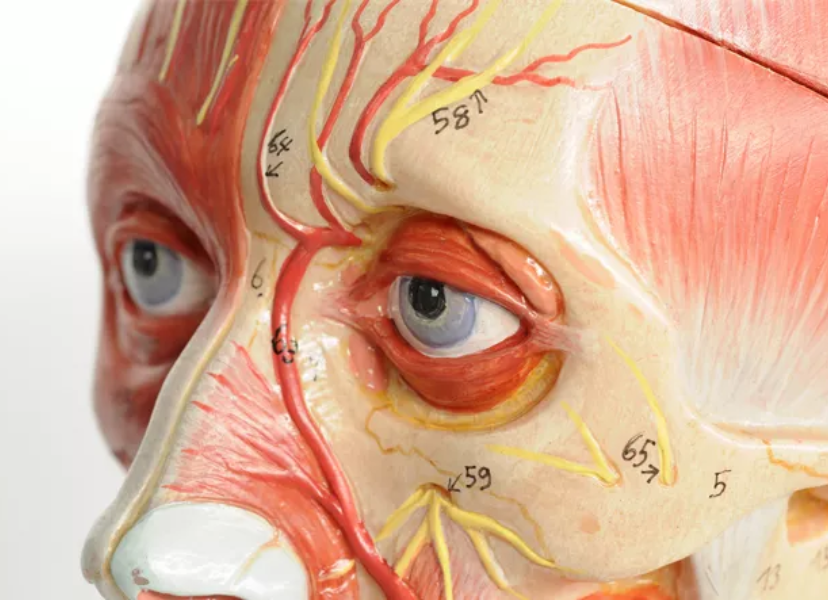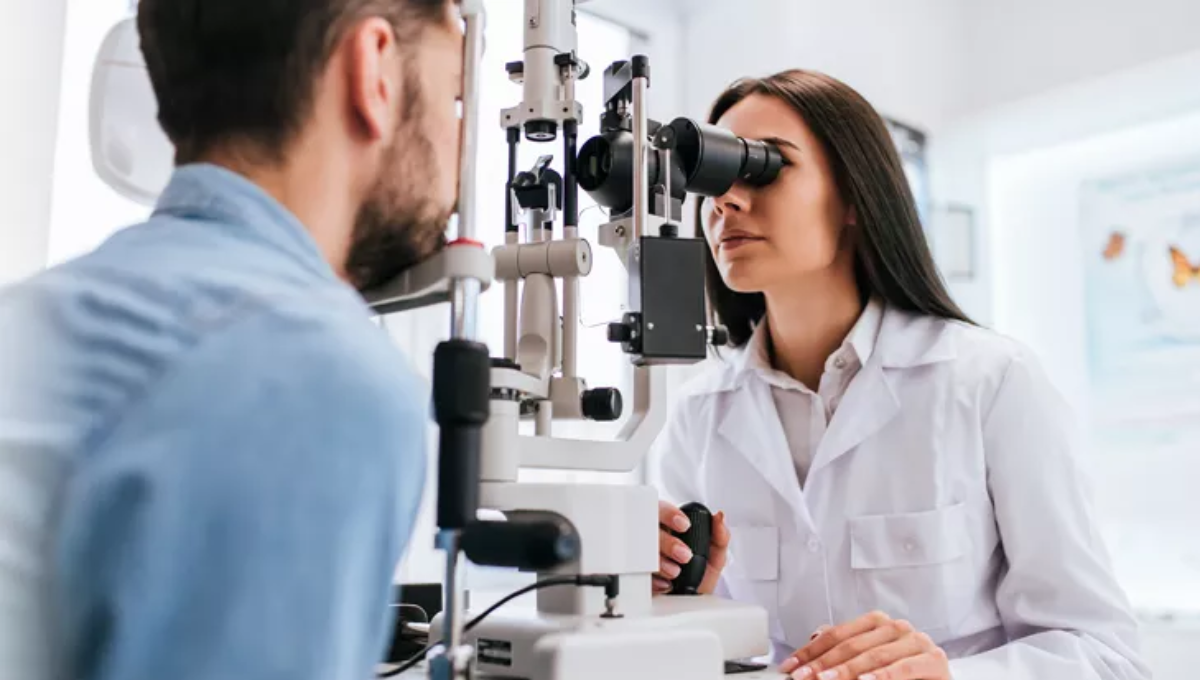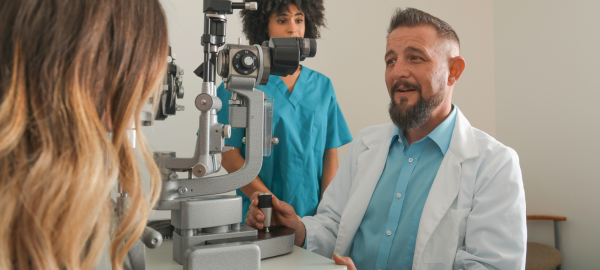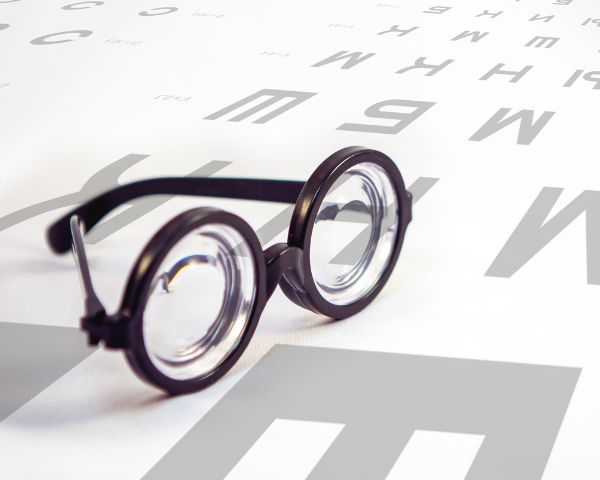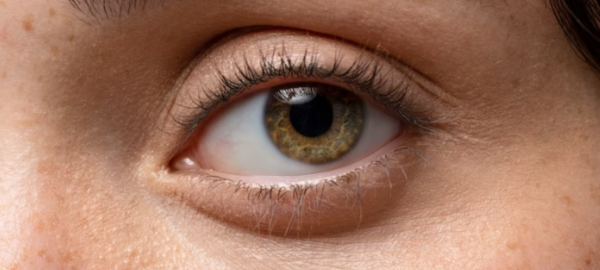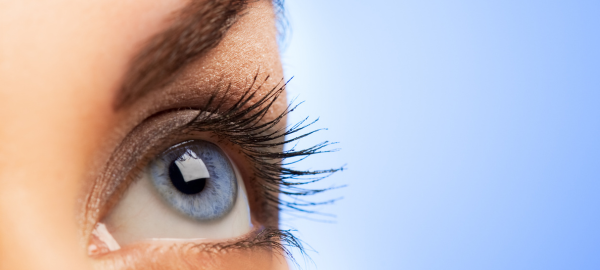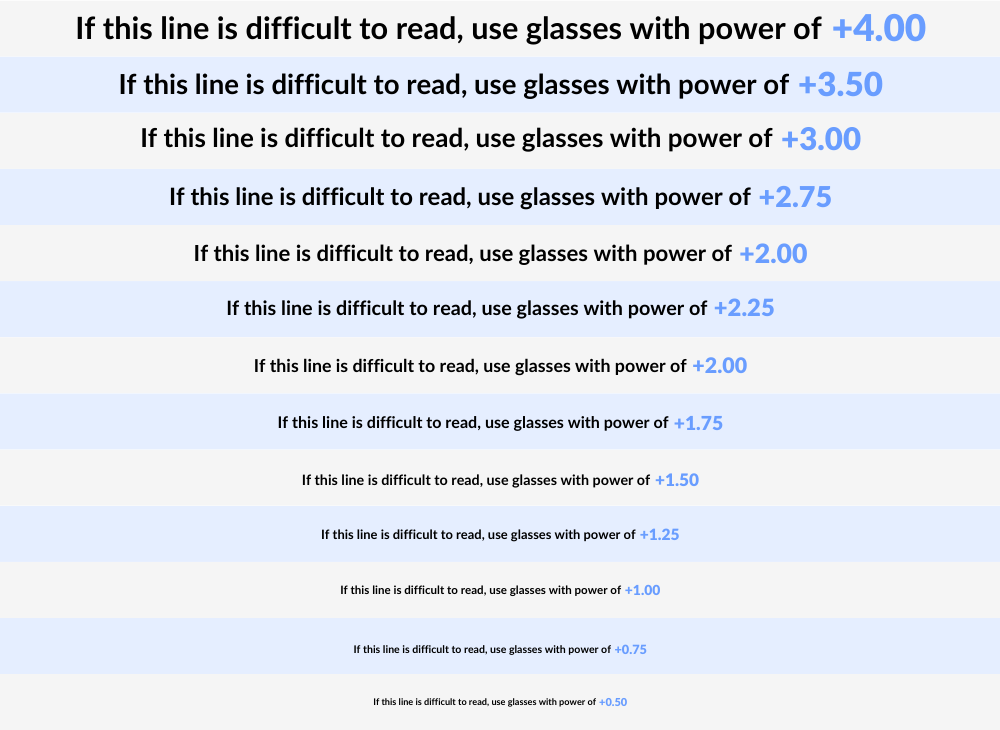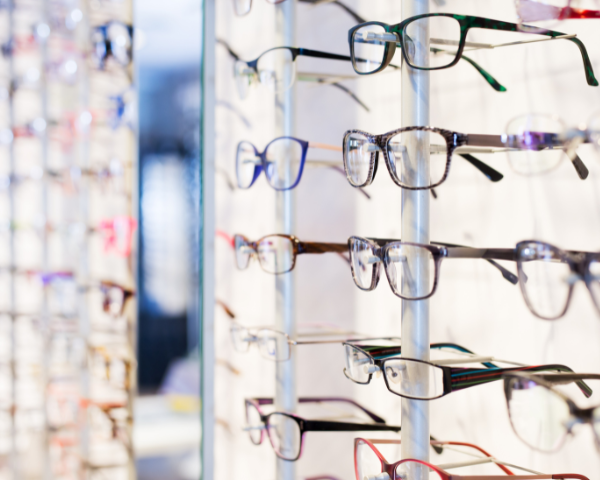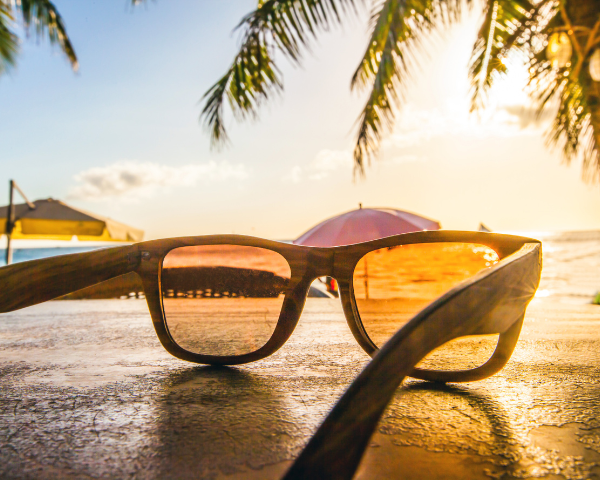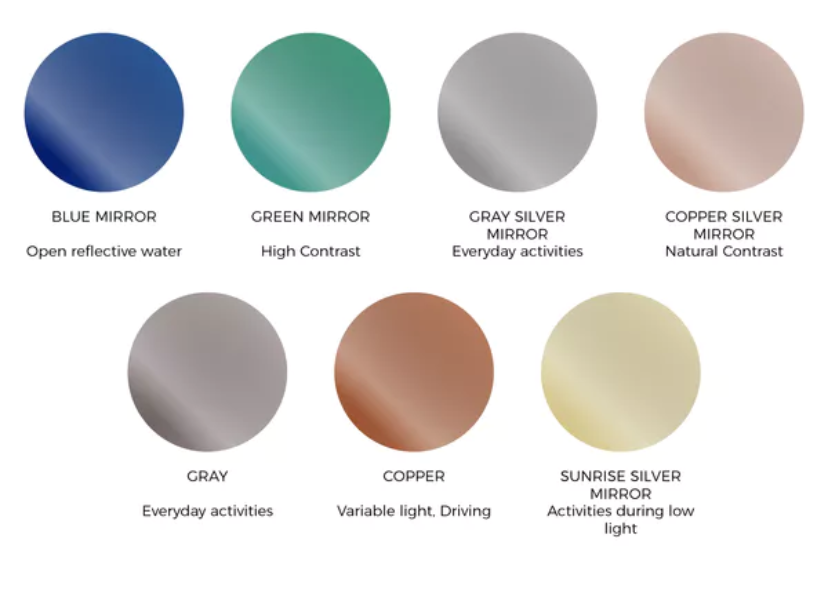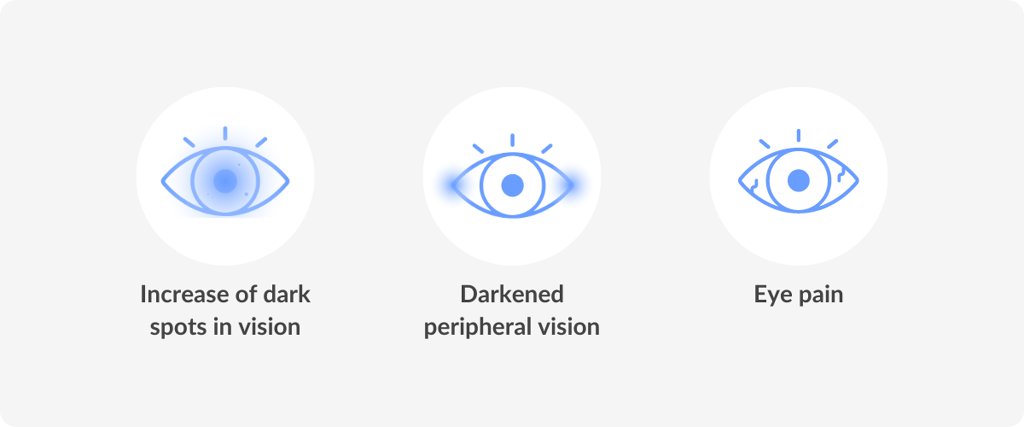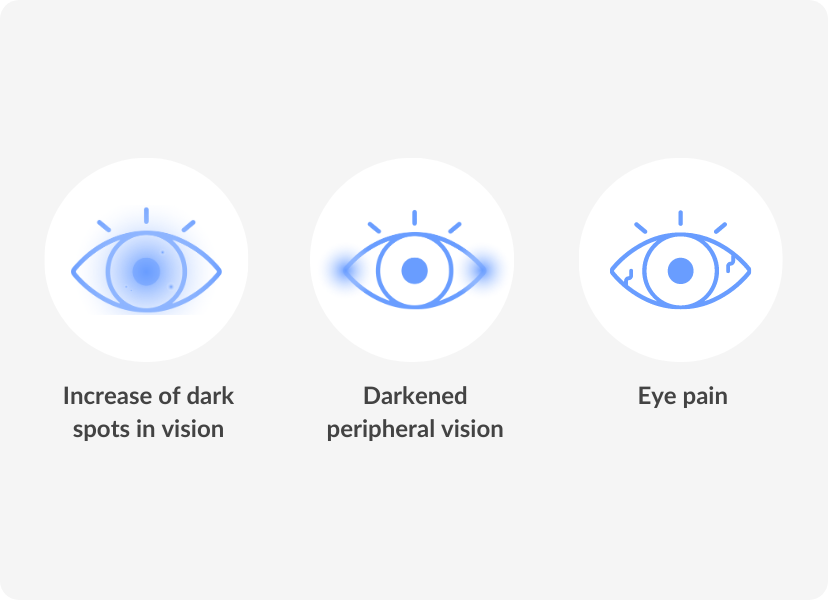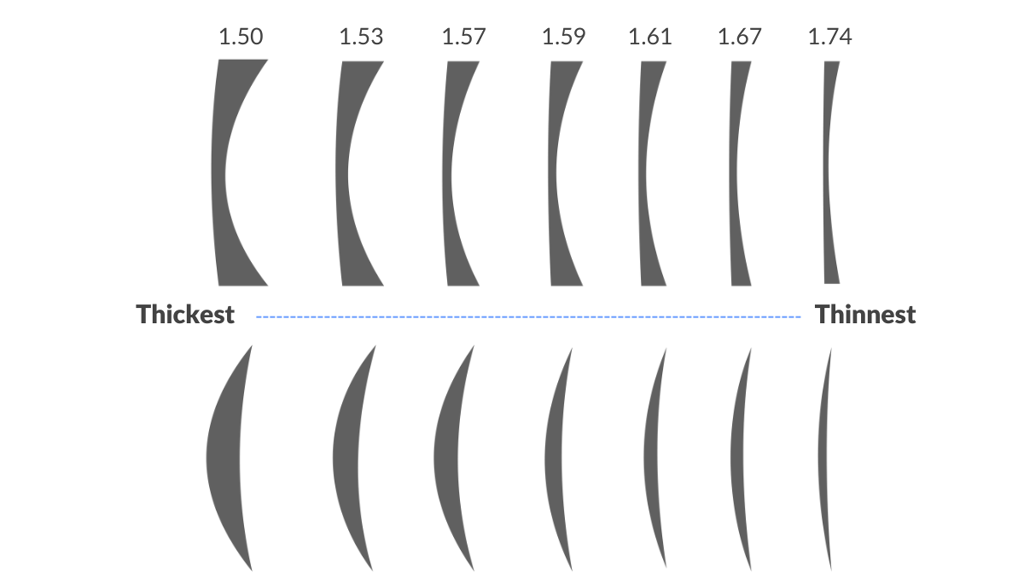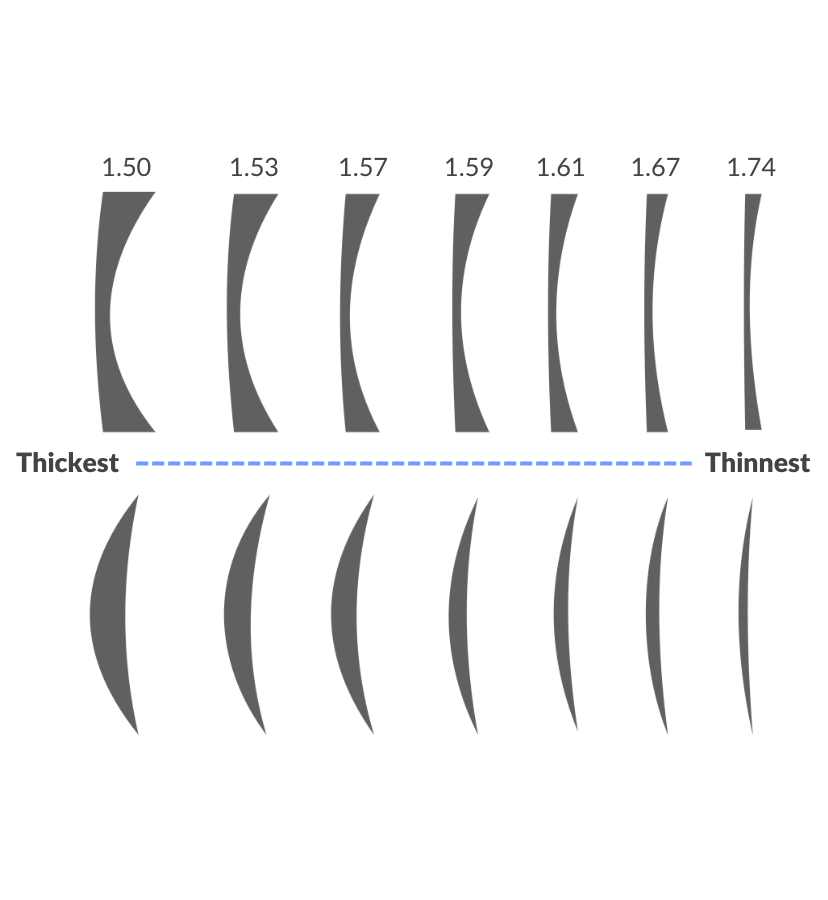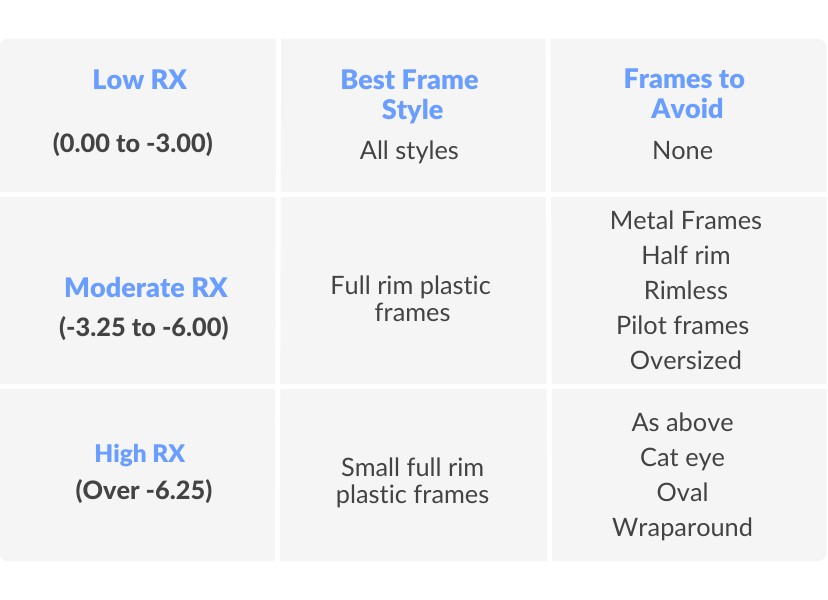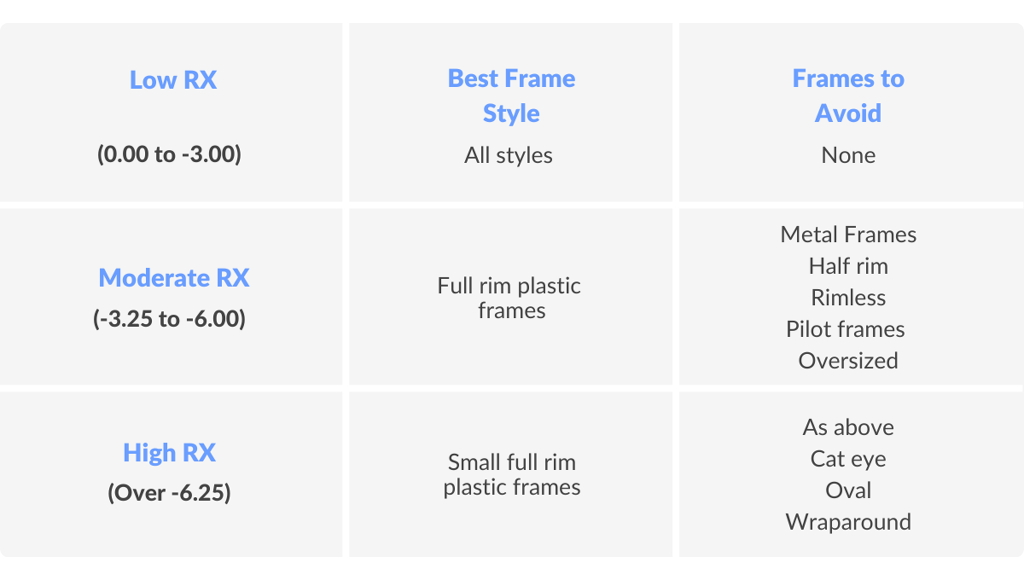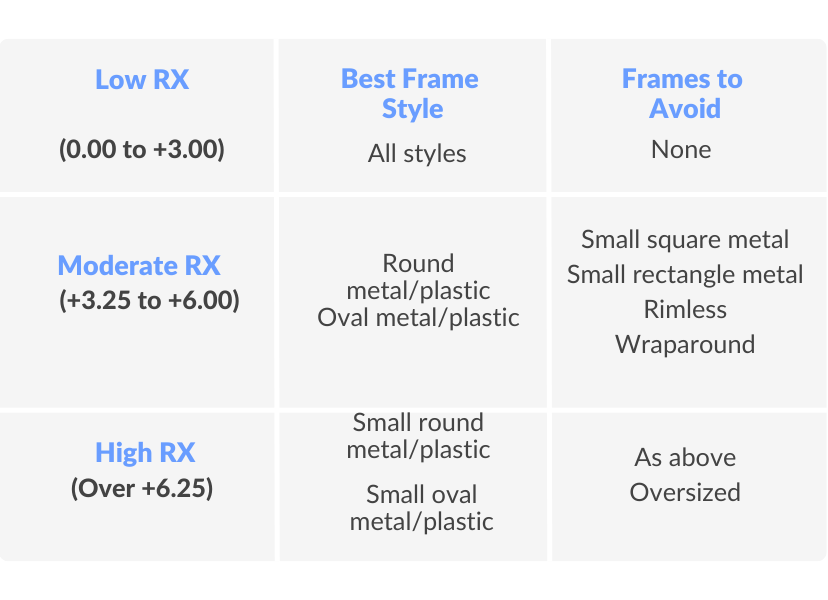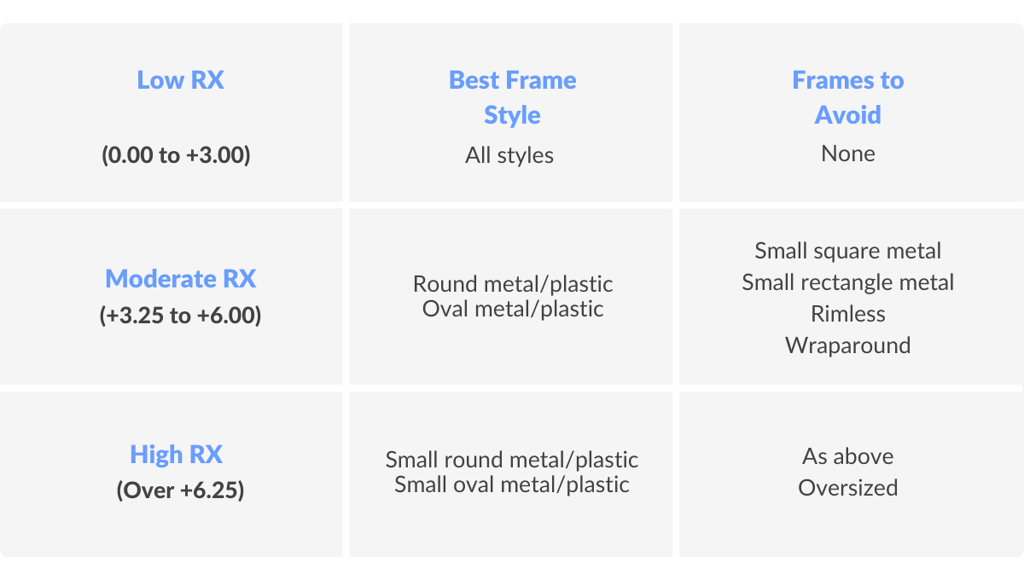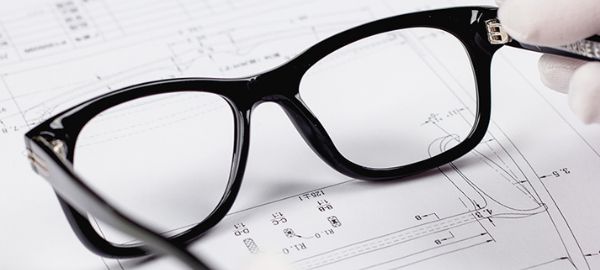
Reviewed by
Beck Jinnette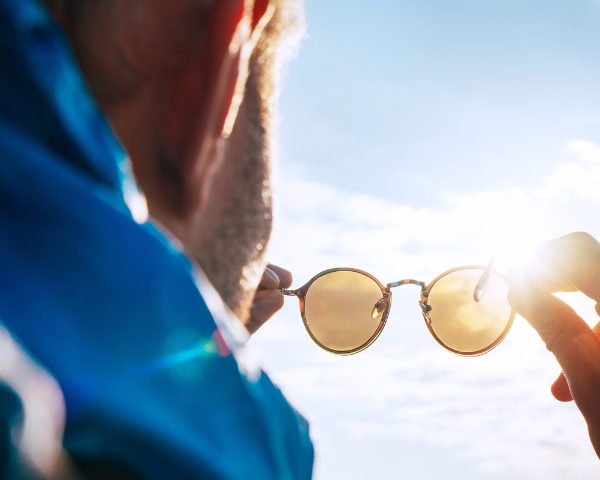
If you’ve ever found yourself fumbling between your prescription eyeglasses and prescription sunglasses when moving from indoors to outdoors, Transitions® lenses are a great solution to make everyday life simpler.
Transitions® lenses are a type of photochromic lens that is transparent when indoors but automatically darkens outdoors when exposed to UV rays. With their unique design, they may eliminate the need for two separate pairs of glasses.
What are Transitions® lenses?
Considered light intelligent lenses, Transitions® lenses are eyeglasses that are designed to adapt to changing environments. Their lenses automatically adjust their tint according to the surrounding light conditions. These light-adaptive lenses are designed to darken when exposed to UV light and become clear again indoors or in low-light conditions.
Considered light intelligent lenses, Transitions® lenses are eyeglasses that are designed to adapt to changing environments. Their lenses automatically adjust their tint according to the surrounding light conditions.
These light-adaptive lenses are designed to darken when exposed to UV light and become clear again indoors or in low-light conditions.
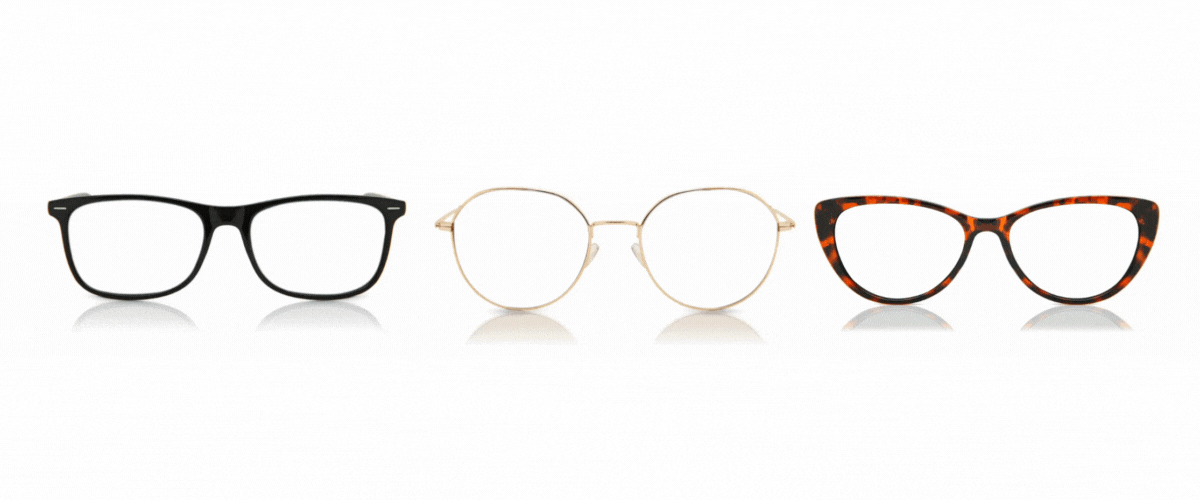
How are Transitions® lenses different from ordinary lenses?
Transitions® lenses differ from ordinary lenses primarily in their ability to adapt to changing light conditions. Transition lenses are designed to be light-sensitive and react to UV exposure, while standard lenses are not.
Transitions® lenses offer built-in UV protection. When they darken, they block a significant amount of harmful UVA and UVB rays, reducing the risk of eye damage. Unless specifically treated with a UV coating, ordinary lenses may not provide the same level of UV protection.
It’s important to note that while Transitions® lenses provide convenience and UV protection, they may not be suitable for every individual or specific situation. Personal preference, lifestyle and specific optical needs should be considered when choosing between Transitions® lenses and ordinary lenses.
Transitions® lenses differ from ordinary lenses primarily in their ability to adapt to changing light conditions. Transition lenses are designed to be light-sensitive and react to UV exposure, while standard lenses are not.
Transitions® lenses offer built-in UV protection. When they darken, they block a significant amount of harmful UVA and UVB rays, reducing the risk of eye damage.
Unless specifically treated with a UV coating, ordinary lenses may not provide the same level of UV protection.
It’s important to note that while Transitions® lenses provide convenience and UV protection, they may not be suitable for every individual or specific situation.
Personal preference, lifestyle and specific optical needs should be considered when choosing between Transitions® lenses and ordinary lenses.
What is the difference between Transitions® and photochromic lenses?
Transitions® lenses and photochromic lenses work the same way and are essentially the same thing. Transitions® is a brand name and type of photochromic lens manufactured by Transitions Optical Limited.
Therefore, the primary difference between the two lies in their names and the companies that produce them. Photochromic lenses, including Transitions® lenses, are eyeglass lenses that automatically adjust their tint in response to changing light conditions.
While Transitions® lenses are a well-known and widely used brand of photochromic lenses, other lens manufacturers also produce photochromic lenses under different names. These lenses may have slight variations in activation and fade speeds, darkness levels, or available lens options.
Still, the core technology and purpose remain the same—to provide an adaptive tint that adjusts to different lighting conditions.
How do Transitions® lenses work?
Lens technology is constantly evolving and continuously improving. Transitions® lenses work through a process called photochromism. The lenses contain unique photochromic molecules that undergo a chemical reaction when exposed to UV light, causing them to change their molecular structure and darken.
In their unexposed state, Transitions® lenses are transparent, allowing for clear vision indoors or in low-light conditions. When the lenses are exposed to bright light from the sun or other sources, the molecules in them react and change form. As a result of the chemical reaction, the molecules rearrange themselves, causing the lenses to darken.
The speed at which Transitions® lenses darken depends on the presence of UV light, its amount and the temperature. In the bright sun, they will change more quickly; in less light, they’ll change more slowly. They generally begin darkening within seconds of UV exposure and continue to darken for a few minutes.
When Transitions® lenses are no longer exposed to UV light, such as when you move indoors, or the sun goes down, the molecules gradually return to their original configuration. This causes the lenses to lighten and eventually become clear again, typically taking about 2-3 minutes.
Lens technology is constantly evolving and continuously improving. Transitions® lenses work through a process called photochromism.
The lenses contain unique photochromic molecules that undergo a chemical reaction when exposed to UV light, causing them to change their molecular structure and darken.
In their unexposed state, Transitions® lenses are transparent, allowing for clear vision indoors or in low-light conditions. When the lenses are exposed to bright light from the sun or other sources, the molecules in them react and change form.
As a result of the chemical reaction, the molecules rearrange themselves, causing the lenses to darken. The speed at which Transitions® lenses darken depends on the presence of UV light, its amount and the temperature.
In the bright sun, they will change more quickly; in less light, they’ll change more slowly. They generally begin darkening within seconds of UV exposure and continue to darken for a few minutes.
When Transitions® lenses are no longer exposed to UV light, such as when you move indoors, or the sun goes down, the molecules gradually return to their original configuration. This causes the lenses to lighten and eventually become clear again, typically taking about 2-3 minutes.
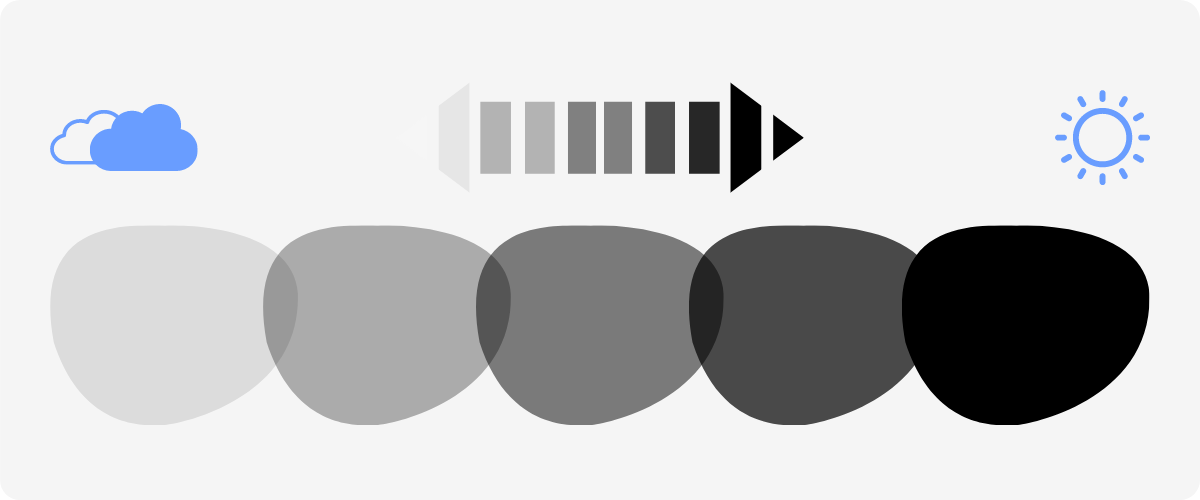
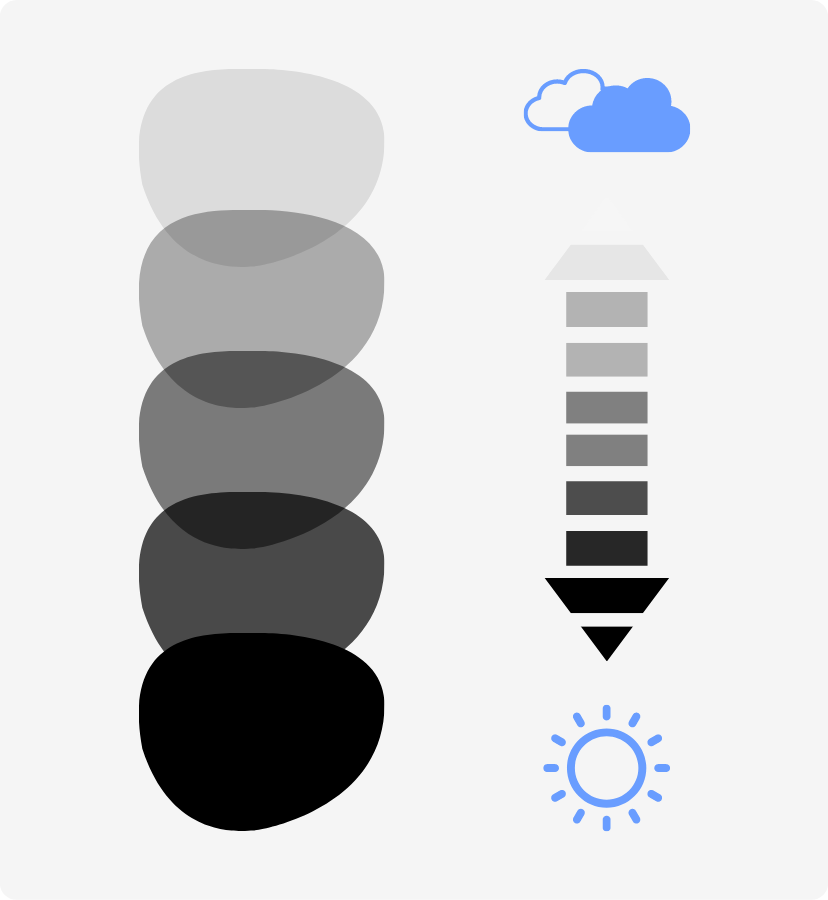
Pros and cons of Transitions® lenses
It’s essential to consider individual preferences, lifestyle and specific optical needs when assessing the advantages and disadvantages of Transitions® lenses. While they offer numerous benefits, some individuals may still prefer dedicated prescription glasses and sunglasses for specific purposes or styles.
One of the most significant advantages is their convenience and cost-effectiveness. They eliminate the need to switch between two pairs of glasses when transitioning between indoor and outdoor environments. While the upfront cost of Transitions® lenses may be higher than regular lenses, they can potentially lead to long-term savings.
Transitions® lenses also offer built-in UV protection, which is essential in safeguarding your eyes from sun damage caused by UVA and UVB rays. By adjusting their tint based on the surrounding light, they also help reduce eye fatigue and strain, reduce glare and provide comfortable vision by optimising the amount of light entering the eyes.
It’s essential to consider individual preferences, lifestyle and specific optical needs when assessing the advantages and disadvantages of Transitions® lenses.
One of the most significant advantages is their convenience and cost-effectiveness. They eliminate the need to switch between two pairs of glasses when transitioning between indoor and outdoor environments.
While the upfront cost of Transitions® lenses may be higher than regular lenses, they can potentially lead to long-term savings.
Transitions® lenses also offer built-in UV protection, which is essential in safeguarding your eyes from sun damage caused by UVA and UVB rays.
By adjusting their tint based on the surrounding light, they also help reduce eye fatigue and strain, reduce glare and provide comfortable vision by optimising the amount of light entering the eyes.
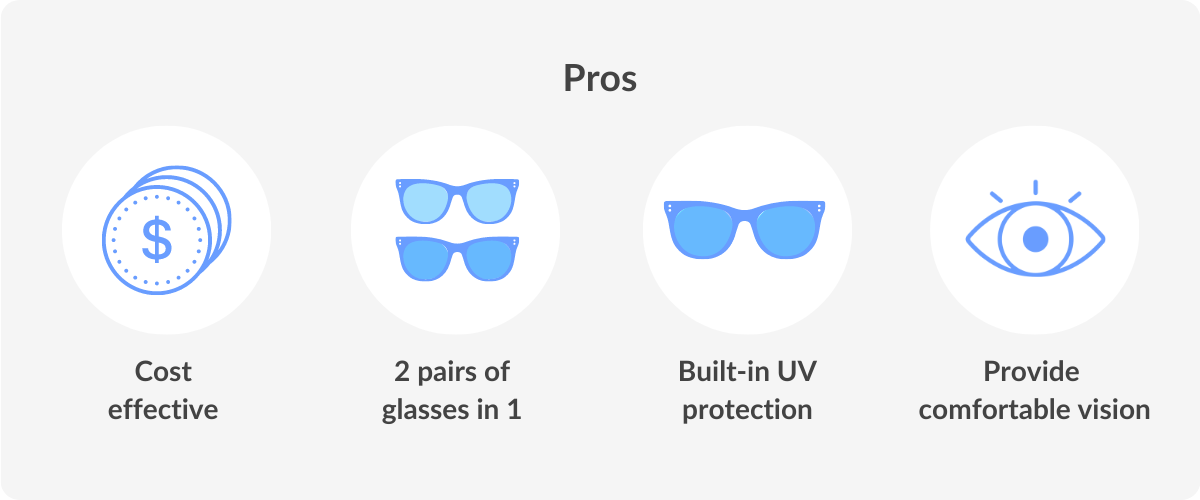
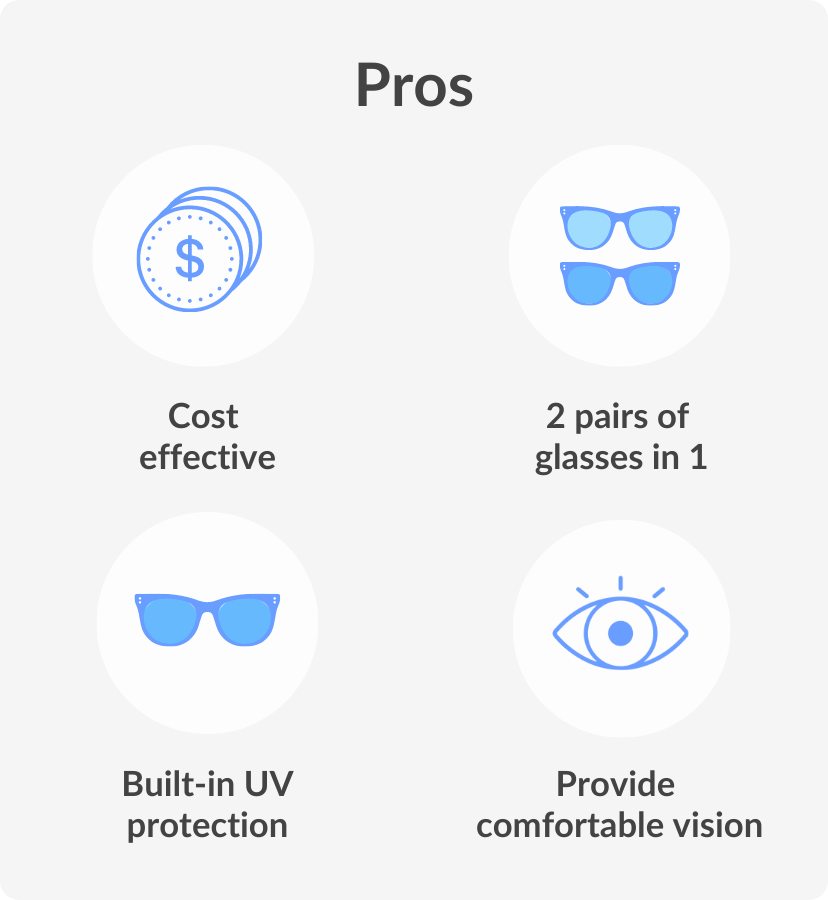
There are also some potential disadvantages to consider. The speed at which Transitions® lenses darken and clear indoors may vary depending on temperature, UV intensity and lens brand.
In very hot climates, the lenses may not darken as much as desired, potentially providing less sun protection. Likewise, the lenses may not lighten as quickly in extremely cold temperatures, causing them to remain darker indoors.
Another thing to consider is the limited lens activation behind the windshield. As most car windshields are designed to block a significant amount of UV radiation, which is necessary for the lenses to activate and darken.
Some models, including the Transitions XTRActive® lenses, have more photochromic molecules allowing them to transition even while in the car. These lenses always have a very light base tint and will not go as dark in the car as outdoors.
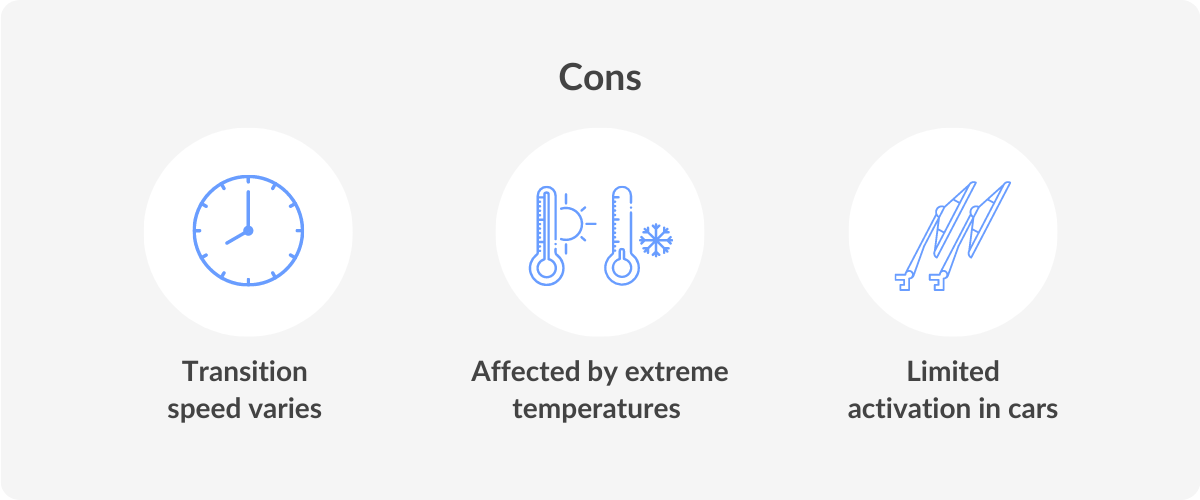
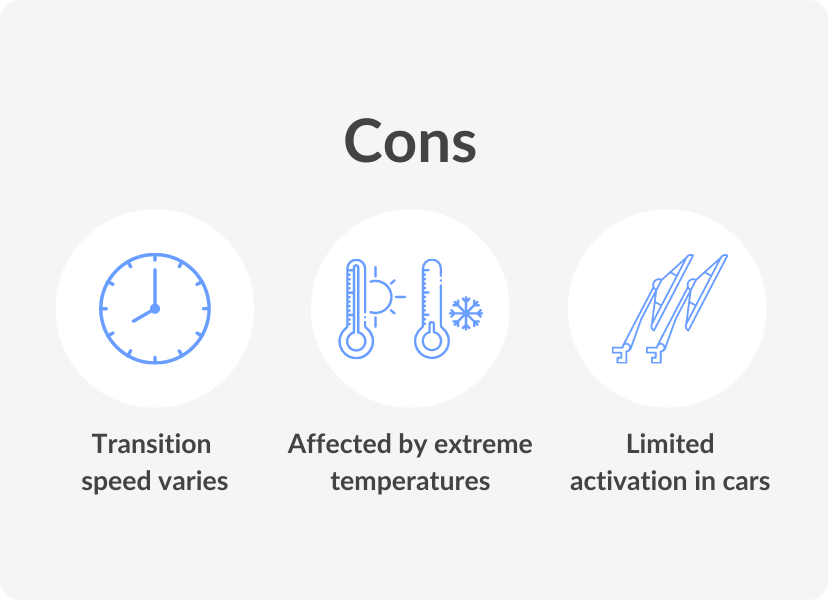
Can you get non-prescription Transitions® lenses?
Transitions® lenses are available in prescription and non-prescription options, allowing individuals with or without vision correction to enjoy the benefits of light-adaptive eyewear.
Non-prescription Transitions® lenses are commonly used by individuals who do not require vision correction but still want the convenience of photochromic glasses. They provide the same light-adaptive properties as prescription Transitions® lenses, automatically adjusting their tint in response to changing light conditions.
Can Transitions® lenses offer blue light protection?
Transitions® lenses are designed to protect your eyes from UV rays outdoors and harmful blue light indoors. Transitions® Signature® GEN 8™ lenses are specifically designed to filter up to four times more blue light indoors than clear lenses.
If you spend a lot of time in front of digital devices, you may want to consider Transitions® XTRActive®, which filters up to seven times more blue light indoors than clear lenses.
DID YOU KNOW
Transitions® lenses offer vision correction and protect against blue light and UV rays, making it easy to transition from screens to sunlight.
How to care for Transitions® lenses
To ensure the longevity and optimal performance of your Transitions® lenses, taking proper care of them is essential. Clean them regularly to remove dirt, smudges and oils. Use a mild, non-abrasive lens cleaner or a gentle soap solution with lukewarm water. Avoid using harsh chemicals or abrasive materials that could damage the lenses.
When cleaning your glasses, use a soft, lint-free microfiber cloth specifically designed for cleaning eyeglass lenses. Store your Transitions® lenses in a protective case to prevent scratches or accidental damage when not in use.
Excessive heat or prolonged exposure to direct sunlight can potentially affect the performance and longevity of the lenses. Avoid leaving your glasses in hot temperatures, such as a closed car during sunny days. When not wearing your glasses, store them in a cool, dry place away from direct sunlight.
Most photochromic lenses perform well for 3+ years, but eventually, they will become less reactive to light conditions and take longer to shift between clear and tinted. It is important to schedule eye exams with your eye doctor to maintain eye health. They can assess the condition of your glasses, check for any signs of wear or damage and ensure your prescription is up to date.
To ensure the longevity and optimal performance of your Transitions® lenses, taking proper care of them is essential. Clean them regularly to remove dirt, smudges and oils. Use a mild, non-abrasive lens cleaner or a gentle soap solution with lukewarm water.
Avoid using harsh chemicals or abrasive materials that could damage the lenses. When cleaning your glasses, use a soft, lint-free microfiber cloth specifically designed for cleaning eyeglass lenses.
Store your Transitions® lenses in a protective case to prevent scratches or accidental damage when not in use. Store them in a cool, dry place away from direct sunlight.
Excessive heat or prolonged exposure to direct sunlight can potentially affect the performance and longevity of the lenses. Avoid leaving your glasses in hot temperatures, such as a closed car during sunny days.
Most photochromic lenses perform well for 3+ years, but eventually, they will become less reactive to light conditions and take longer to shift between clear and tinted.
It is important to schedule eye exams with your eye doctor to maintain eye health. They can assess the condition of your glasses, check for any signs of wear or damage and ensure your prescription is up to date.
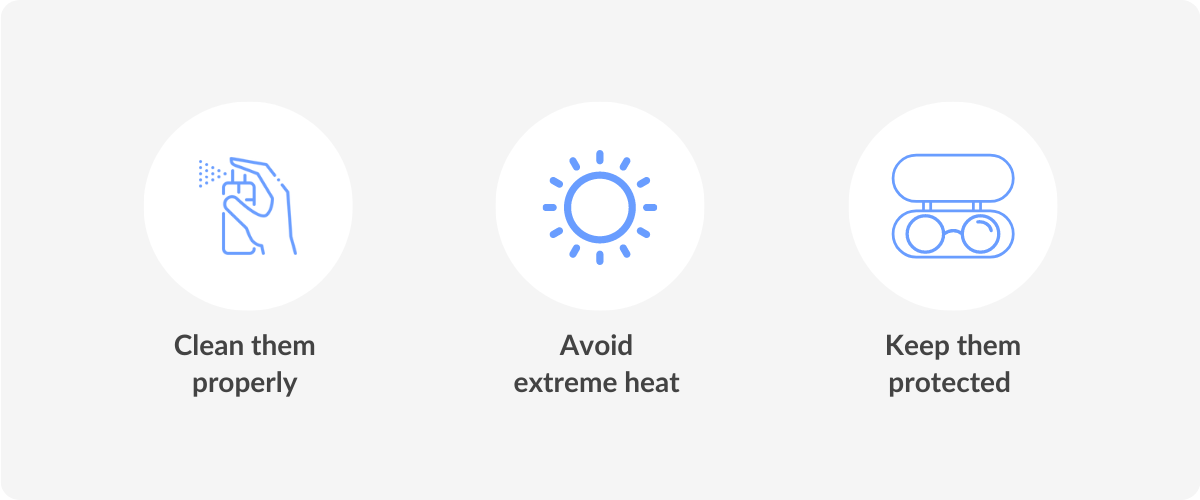
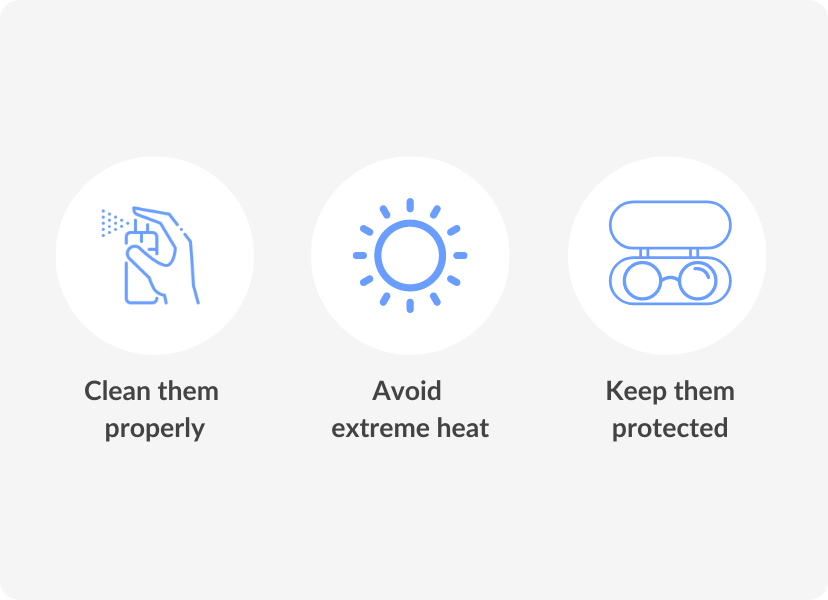
Are Transitions® lenses right for me?
Determining whether Transitions® lenses are suitable for you depends on various factors and personal preferences. They can be highly beneficial if you are particularly sensitive to bright light situations or spend a significant amount of time moving between indoors and outdoors.
It’s recommended to consult with an eye care professional who can assess your visual needs, discuss your preferences and provide personalised recommendations. If you still have questions, head to our Optical Centre to speak with one of our in-house Opticians, who can help determine if Transitions® lenses are the right choice.
Determining whether Transitions® lenses are suitable for you depends on various factors and personal preferences. They can be highly beneficial if you are particularly sensitive to bright light situations or spend a significant amount of time moving between indoors and outdoors.
It’s recommended to consult with an eye care professional who can assess your visual needs, discuss your preferences and provide personalised recommendations.
If you still have questions, head to our Optical Centre to speak with one of our in-house Opticians, who can help determine if Transitions® lenses are the right choice.









































